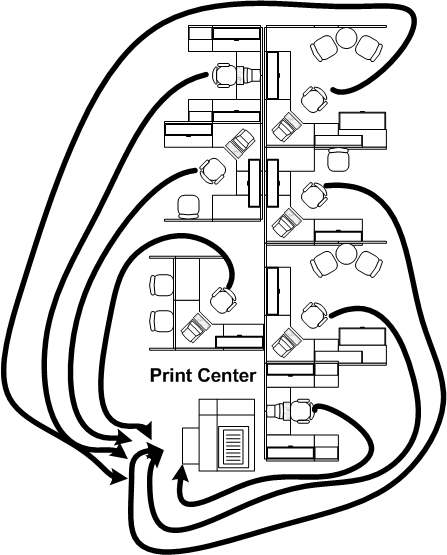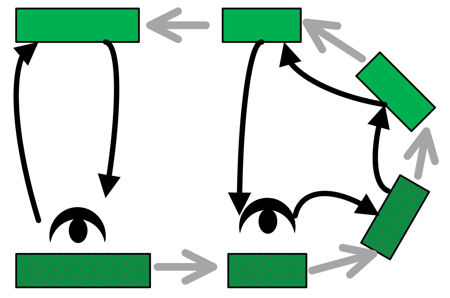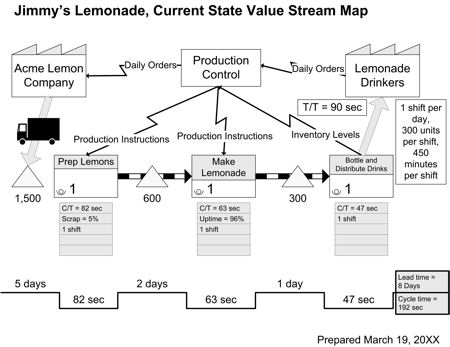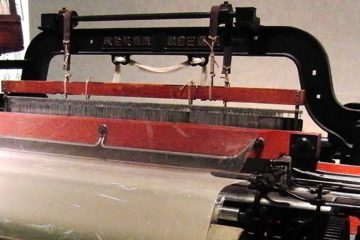PDCA Cycle
The PDCA cycle is a structured problem-solving approach. It is also known as the Deming cycle, after Dr. W. Edwards Deming, the man credited with popularizing the Plan-Do-Check-Act cycle. The 4 Steps of the PDCA Cycle include: The plan step of the PDCA cycle entails setting objectives and gathering the Read more…




